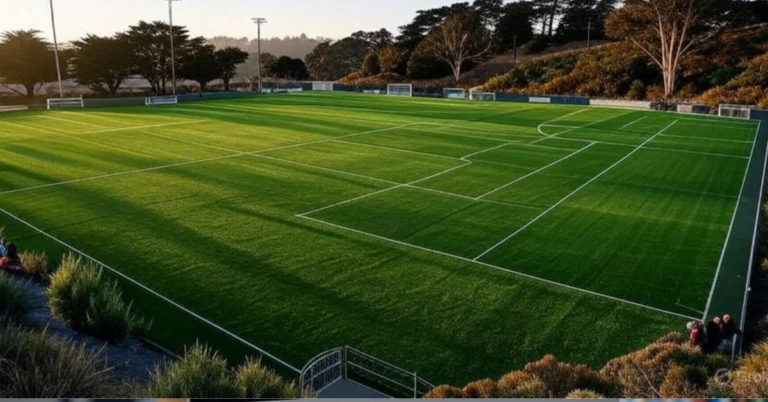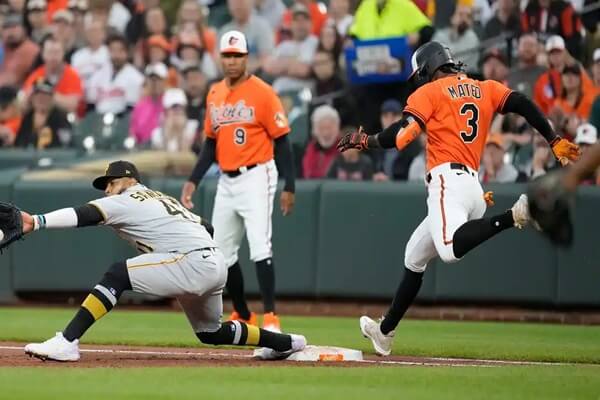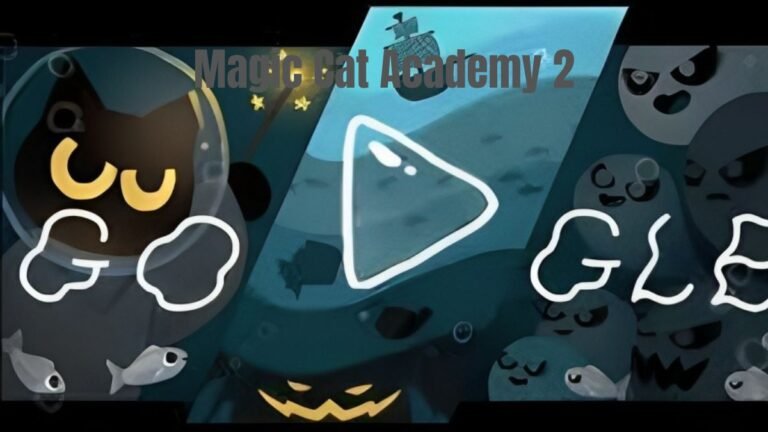Indigenous North American Stickball: A Tradition of Athletic Excellence
Indigenous North American stickball, a time-honored sport played with sticks, is a testament to the cultural history of the indigenous peoples. This unique sport blends agility, strategy, and history, captivating both players and spectators. This article delves into the history, regulations, significance, and spirit of Indigenous North American stickball, analyzing its significance and the undying spirit that keeps it alive today.
Introduction to Stickball
Stickball, also known as “lacrosse” or “baggataway,” originated among Indigenous peoples across North America long before European settlers arrived on the continent. Indigenous North American Stickball game holds deep cultural and spiritual significance for many tribes and nations, and it continues to be played with passion and dedication.
The History of Indigenous North American Stickball
Stickball can trace its roots back over a thousand years. Indigenous tribes like the Choctaw, Cherokee, and Iroquois played their own variations of the game, each with unique rules and customs. These early versions of stickball were often used to settle disputes, forge alliances, and celebrate harvests and ceremonies.
The Essentials of Stickball
Equipment
In its traditional form, stickball requires minimal equipment, consisting mainly of a stick, a ball, and sometimes protective gear. The sticks, called “sticks” or “crosse,” are typically made of hickory or ash wood and feature a small netting or basket at one end. The ball, traditionally made of deerskin or wood, is now often replaced with rubber for safety reasons.
Rules and Gameplay
Stickball is played on a field that can vary in size but typically resembles a football field. Teams of players use their sticks to carry, pass, and shoot the ball into the opponent’s goal. The rules vary between tribes, but the game generally involves physical contact, with players wearing minimal protective gear.
The Significance of Stickball
Cultural Importance
Stickball is far more than just a sport for Indigenous communities; it is a deeply ingrained cultural tradition. The game often serves as a way to pass down tribal customs, stories, and values from one generation to the next. Many players view stickball as a spiritual endeavor, connecting them with their ancestors and the natural world.
Unity and Competition
Stickball also fosters a sense of unity and camaraderie within Indigenous communities. Tournaments and matches bring people together, allowing them to strengthen bonds, resolve conflicts, and build lasting friendships. The competitive aspect of the game adds excitement and intensity to these gatherings.
Stickball Today
Modern Adaptations
In recent decades, stickball has seen some modern adaptations. Traditional stickball tournaments are still held, but now there are also organized leagues and associations that promote the sport. These developments have helped bring stickball to a wider audience and preserve its legacy.
Preserving Tradition
Although stickball has evolved throughout time, Indigenous people are still committed to maintaining its original ideals and customs. Making sure that stickball is still a vital part of their tradition, they continue to teach it to new generations and host intertribal championships.
Conclusion
Indigenous North American stickball is more than just a game; it is a symbol of resilience, culture, and unity. As it continues to evolve and adapt to the modern world, it remains a powerful testament to the enduring strength of Indigenous communities.
FAQs About Indigenous North American Stickball
Q: What are the origins of stickball?
Stickball has Indigenous roots and has been played in North America for over a thousand years by various tribes and nations.
Q: How is stickball different from modern lacrosse?
While stickball and lacrosse share some similarities, they have distinct rules, equipment, and cultural significance. Stickball is deeply rooted in Indigenous culture and traditions.
Q: Is stickball still played in Indigenous communities today?
Yes, stickball continues to be played in Indigenous communities across North America. It remains a vital part of their cultural heritage.
Q: Are there any safety concerns in stickball due to physical contact?
Stickball involves minimal protective gear, but safety measures have been implemented to minimize the risk of injuries among players.
Q: How can I learn more about stickball and its cultural significance?
To learn more about stickball and its cultural significance, consider attending stickball events, visiting Indigenous cultural centers, or reading books and articles on the subject.







